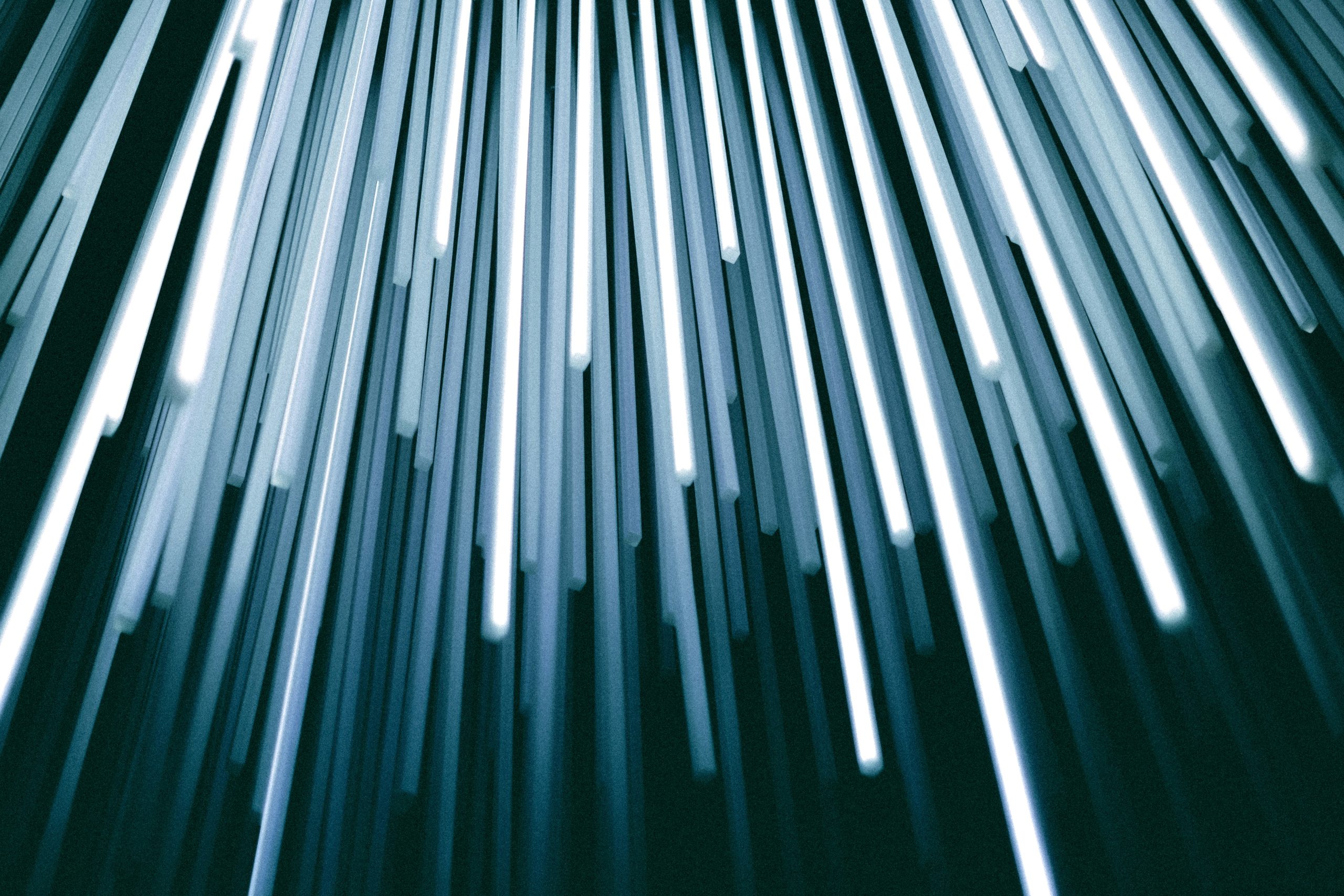Face Reading in Different Lighting Conditions

Hey there, amazing readers! 🖐️ Just a quick note: yes, we know there are a lot of ads here. Trust us, we get it—it’s not the prettiest look, but they help us keep this blog alive and kicking. Those pesky little ads cover the costs of all the behind-the-scenes magic, from hosting and tech stuff to creating content we hope you’ll love.
We’re committed to delivering quality posts, and your support (even just sticking around despite the ads) means everything to us. So, bear with us, and thanks for helping us keep the good vibes rolling. Now, on to the fun stuff! 😉
TRANSLATE BUTTON AT THE END OF THE ARTICLE
A Quick Introduction
Face reading, also known as physiognomy, is the practice of analyzing facial features to gain insight into a person’s personality, character, and even potential future outcomes.
This ancient art has been used for centuries across various cultures to interpret facial expressions, shapes, and lines.
However, one crucial factor that can greatly affect the accuracy of face reading is lighting conditions.
Proper lighting is essential for ensuring the clarity and visibility of facial features, which are key to accurate analysis.
Importance of Proper Lighting for Face Reading
The significance of proper lighting in face reading cannot be overstated.
Adequate lighting ensures that facial features are well-defined and easily distinguishable.
Insufficient lighting can lead to shadows, distortions, and obscured details, making it challenging to accurately interpret facial characteristics.
By ensuring optimal lighting conditions, face readers can observe subtle nuances in facial expressions, shapes, and contours, allowing for a more comprehensive analysis of an individual’s character traits and emotional state.
How Natural Light Affects Face Reading Accuracy
Natural light is often considered the best lighting source for face reading due to its balanced spectrum and ability to highlight facial features effectively.
When analyzing faces in natural light, face readers can observe the true colors, textures, and contours of the skin, providing a more accurate representation of an individual’s appearance.
Natural light also helps in revealing subtle details such as fine lines, wrinkles, and skin imperfections, which can be significant indicators of a person’s health and personality traits.
Impact of Artificial Lighting on Face Perception
Artificial lighting can significantly impact the perception of facial features during face reading.
Different types of artificial lighting sources, such as fluorescent, incandescent, or LED lights, can create varying levels of brightness, color temperature, and shadows, affecting the overall appearance of the face.
Improperly placed artificial lights can cast harsh shadows or distort facial proportions, leading to misinterpretations of facial characteristics.
It is essential for face readers to carefully consider the type and placement of artificial lighting to ensure accurate face analysis.
The Role of Shadows in Face Analysis
Shadows play a crucial role in face analysis, as they can either enhance or obscure facial features depending on their intensity and direction.
Light and shadow create contrast, highlighting certain areas of the face while casting others into darkness.
Face readers must be mindful of how shadows interact with facial contours, as they can significantly influence the perceived shape, symmetry, and expression of the face.
By understanding the effects of shadows, face readers can make more informed judgments about an individual’s personality and emotional state.
Overcoming Challenges of Dim Lighting in Face Reading
Dim lighting poses a particular challenge for face readers, as it can make facial features appear murky, indistinct, or flat.
To overcome the limitations of dim lighting, face readers can use supplemental lighting sources such as spotlights, desk lamps, or ring lights to illuminate the face from different angles.
By strategically positioning additional lights, face readers can enhance facial contours, reduce shadows, and improve the overall visibility of facial features, leading to more accurate face analysis in low-light conditions.
Enhancing Facial Features with Proper Lighting
Proper lighting can enhance facial features, bringing out the best in an individual’s appearance and expression.
Soft, diffused lighting can create a flattering glow, smoothing out imperfections and accentuating positive attributes.
By using different lighting techniques such as backlighting, side lighting, or fill lighting, face readers can sculpt the face, highlight specific features, and create a more aesthetically pleasing presentation.
Well-lit faces are not only easier to read but also convey a sense of vitality, warmth, and openness, contributing to a more positive first impression.
Common Mistakes in Face Analysis Due to Poor Lighting
Poor lighting conditions can lead to several common mistakes in face analysis, including misinterpretation of facial expressions, misjudgment of facial proportions, and overlooking subtle details.
Shadows cast by inadequate lighting can create optical illusions, altering the perceived shape and structure of the face.
Inconsistent lighting sources can produce color discrepancies and distort skin tones, leading to inaccurate assessments of an individual’s health and emotional state.
It is essential for face readers to be aware of these potential pitfalls and strive to maintain consistent, balanced lighting for reliable face analysis.
Tips for Conducting Face Reading in Outdoor Settings
Outdoor settings present unique challenges and opportunities for face reading due to changing natural light conditions, environmental factors, and distractions.
To conduct face reading outdoors effectively, face readers should consider the following tips:
Choose a shaded area to avoid harsh sunlight and shadows.
Use a portable mirror or reflector to redirect sunlight onto the face.
Position the subject facing the light source for even illumination.
Be mindful of changing weather conditions that may affect lighting quality.
Adjust the angle and intensity of natural light to highlight specific facial features.
Best Practices for Face Reading in Indoor Environments
Indoor environments offer more control over lighting conditions, allowing face readers to optimize the setup for accurate face analysis.
To ensure the best results when conducting face reading indoors, consider the following best practices:
Use a combination of natural and artificial lighting for balanced illumination.
Avoid overhead lighting that can create unflattering shadows on the face.
Position the subject near a window to utilize natural light sources.
Experiment with different lighting angles to highlight facial contours.
Invest in professional lighting equipment for consistent and reliable results.
The Science Behind Lighting and Facial Recognition
The interaction between lighting and facial recognition is a complex phenomenon that involves the interplay of light intensity, color temperature, direction, and diffusion.
Light influences how we perceive facial features by accentuating textures, shadows, and contours.
By understanding the science behind lighting and facial recognition, face readers can enhance their ability to analyze faces accurately and make informed assessments of an individual’s character and emotions.
The strategic use of lighting can reveal hidden details, amplify expressions, and uncover subtle clues that contribute to a comprehensive understanding of a person’s identity.
Conclusion: Harnessing Light for Accurate Face Analysis
In conclusion, proper lighting is essential for accurate face reading, as it directly impacts the visibility, clarity, and interpretation of facial features.
By understanding how different lighting conditions affect face analysis, face readers can optimize their practice to achieve more reliable and insightful results.
Whether conducting face reading indoors or outdoors, it is crucial to consider the role of natural and artificial lighting in shaping our perception of facial characteristics.
By harnessing light effectively, face readers can unlock the secrets hidden within faces, providing valuable insights into an individual’s personality, emotions, and destiny.
Remember, light is not just a tool for illumination—it is a beacon that guides us through the intricate landscape of the human face.

The Enlightenment Journey is a remarkable collection of writings authored by a distinguished group of experts in the fields of spirituality, new age, and esoteric knowledge.
This anthology features a diverse assembly of well-experienced authors who bring their profound insights and credible perspectives to the forefront.
Each contributor possesses a wealth of knowledge and wisdom, making them authorities in their respective domains.
Together, they offer readers a transformative journey into the realms of spiritual growth, self-discovery, and esoteric enlightenment.
The Enlightenment Journey is a testament to the collective expertise of these luminaries, providing readers with a rich tapestry of ideas and information to illuminate their spiritual path.
Our Diverse Expertise 🌟
While our primary focus is on spirituality and esotericism, we are equally passionate about exploring a wide range of other topics and niches 🌍📚. Our experienced team is dedicated to delivering high-quality, informative content across various subjects ✨.
To ensure we provide the most accurate and valuable insights, we collaborate with trusted experts in their respective domains 🧑🏫👩🏫. This allows us to offer well-rounded perspectives and knowledge to our readers.
Our blog originally focused on spirituality and metaphysics, but we’ve since expanded to cover a wide range of niches. Don’t worry—we continue to publish a lot of articles on spirituality! Frequently visit our blog to explore our diverse content and stay tuned for more insightful reads.






